“We like to push the boundaries of contemporary theatre, whilst creating playful shows”: Directors Gemma Rowan and Roisin Feeny on Sounds Like Chaos and Wow Everything Is Amazing
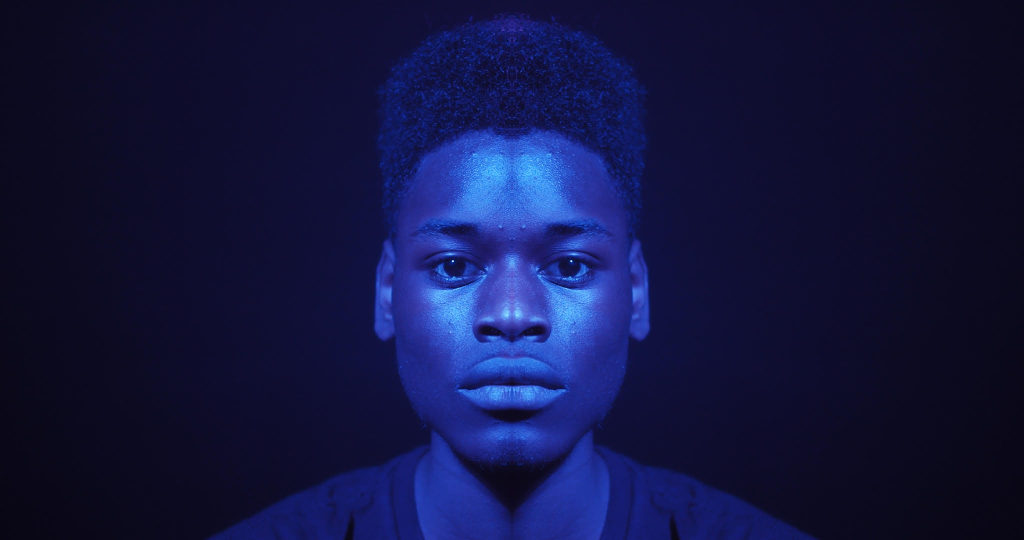
Sounds Like Chaos is a multidisciplinary theatre group, co-founded by Gemma Rowan and Roisin Feeny, that produces work as an expression of young people’s culture. Not only do they create an expressive platform through which young voices can be heard but Sounds Like Chaos’ mission provides an important bridge between the theatre and its community.
Their latest work, Wow Everything is Amazing, is no exception. The show, which premiers this April, is described as a “sci-fi hallucinatory madness”. It’s their most ambitious production to date and grapples with a vast haul of themes spanning from our modern times bombarded with technology as well as the way in which racial prejudices are hidden yet nonetheless enforced and reproduced in digital technology. Feeny and Rowan took the time to answer some of our questions about Sounds Like Chaos unpacking for us their collaborative process, the necessity of the work they produce and, of course, a glimpse into Wow Everything is Amazing.
How did you come to co-found Sounds Like Chaos?
We started Sounds Like Chaos in 2008, when Gemma and I were both working on the Albany Box Office. At the time we were both studying masters degrees: Gemma in Performance and Roisin in Applied Theatre at Goldsmiths. The project was initially set up as a drop-in model, responding to a gap in the local theatre offer and the end of New Londoners, a refugee theatre group at the Albany. The project has evolved organically responding to the needs of the participants both creatively and practically.
Creatively we developed our practice and style by working with what the teenagers bring to the rehearsal room. As the company grew and the members started to mature, we developed an employment programme, offering young people much-needed paid opportunities. The aim of this programme is to support the participants into work, and also to support the diversification of the arts industry as a whole.
Can you talk about what bridging your work and the community looks like? How do you go about fostering that relationship?
We have always been rooted in Deptford and have a great love for the area. It impacts our work aesthetically and politically. We build local networks to recruit participants, including with local schools, youth clubs and social services. Through these relationships we are trying to identify young people in the area who would benefit most from being involved with Sounds Like Chaos. We listen to these partners to ensure what we are offering is supporting their work and we are open to new collaborations. For example, we are about to start a drama drop-in session at Woodpecker Youth Centre for 8-12 year olds, led by two of our company members.
Our shows are an expression of the young people’s culture, which in turn makes them an expression of being young in Lewisham. When we tour work out of the area we celebrate Lewisham, we show others the vibrancy the community offers. We like to push the boundaries of contemporary theatre, whilst creating shows that are playful, which makes our work accessible to new audiences. Being experimental does not mean being elitist. The audiences we bring to the Albany are always very local, often first-time theatregoers, and make an exciting diverse mix of people to have in the venue. We offer free tickets to local young people and target local youth groups.
The impact of the professional experience and employment opportunities we offer the young people aims to diversify who is working in the art now and in the future. It increases the aspiration of those young people and their wider community as a whole.
Can you talk about your process of development and the process of devising Wow Everything is Amazing?
We generally work in two stages. Firstly, a research and development stage where we generate lots of ideas with the young people around the themes of the show. This is both an experiment with the ideas within the show – how they feel about them, how they affect their lives etc., and also looking at the best theatrical form for this show to take. For this show, this stage involved bringing in Digital Anthropologist Miranda Marcus, who provided us with lots of history of digital technology, as well an information on key issues being debated in the field. She brought videos of digital tech thought leaders, which helped us develop the language and performance style of the show.
We make key decisions such as it will be sci-fi, it will take the form of a sermon or it will be part concept album. We then built in an R&D period with a sound designer and filmmaker to experiment with these elements.
After this stage, I create a rough draft of the script in conversation with Gemma. This is then brought back into the rehearsal room to be workshopped and developed. The language needs to feel authentic. The script is a skeleton with devising tasks built within it. We are constantly devising with the performers, to ensure their ideas and personalities are shaping the show to the very end.
It’s an incredibly ambitious project both thematically and technically. You describe Wow Everything is Amazing as a necessary exposé probing darker issues especially in terms of racial bias and prejudice. Was that the initial spark that set this piece in motion? If not, what was?
The idea of racial bias in digital technology was definitely the spark that started the creation of Wow. A friend showed me that if you google the word feet and image search you get pages and pages of white feet. Eventually, there is a pair of black feet that are deformed. This prompted us to think about why that was – how did the algorithm work? Who programmed it? Was there a white western-centric bias acting more broadly across digital technology? With our ever-dependent relationship with digital technology, so much of our world is filtered through the biases of Silicon Valley. What does this mean for a diverse group of teenagers, who have only known a world with the internet? A group whose identity is shaped online as much as off during those formative years. The first work in progress of the show was called “Googlefeet”.
There was then a deliberate choice for the show not to be overtly about race, but for it to be embedded in the fabric of the piece, in casting choices and roles. This is to reflect how bias is often hidden within the technology we use. We have been exploring the use of audio description within the show, and this tool has helped us highlight the comments we are making about race and representation.
Wow Everything is Amazing “is a sci-fi hallucinatory madness” and a multi-disciplinary theatre work. It’s amazing how much you are packing in. How do you make those decisions on what to keep and what to leave out?
This is definitely one of the harder parts of making the show. We start with a few clear building blocks, bits of text and character and then allow the show to evolve around what happens in the rehearsal room. Gemma and I do a lot of reflecting and refining along the way to create the world of the show, what goes in and what comes out is dictated by some of the key decisions we have made. We are also constantly looking for inventive things the performers do in rehearsals, including when they are messing around on break; to make sure the piece has as much of them in as possible.
We have an amazing team of artists working on the different elements of the show. They are all brilliant at taking moments from the rehearsal room and weaving them into sound, lighting, set or visuals.
How clear is a project in your mind from the beginning or is it constantly morphing into different shapes?
There are themes and stylistic ideas that are constant, e.g. the starting blocks of exploring digital technology, race and representation online, creating an original score, projection, etc., but overall it is constantly morphing. We have to be open to what the young people bring into the space throughout the process to make an authentic piece. We also often tackle big ideas, which means we also have to refine and focus which elements we want to address.
What distinguishes Wow Everything Is Amazing from your past work with SLC?
Wow is our most ambitious show to date. We are using technology in a new way to tell a story, which felt necessary given what the show is about. The film within the show is a character in its own right. Lots of our young people are incredibly musical, and we have pushed this element of the show further than before to create another language within the show. We have been looking at creative access, including audio description, creative captioning and the sensory elements of the space. We are really excited by the potential access needs present to push us creatively, and we worked with a brilliant group of artists with lived experience of disability to explore ideas around this.
Were there any particular challenges with this project?
It was definitely challenging working out what to focus on as it is such a huge topic and part of our lives.
Wow Everything is Amazing has an extremely exciting score, which jumps across genre? How did it come to be? What influences are you drawing from?
Music is a huge part of religion and also the lives of our performers, so it felt essential that it played a fundamental part in the show. We were influenced by sound found in religion, gospel coral etc. We love Kendrick Lamar’s work, and specifically his use of interludes. His albums made us think about how we could use the score to link moments of the show and create the world. We love the energy of Young Fathers, their sound feels urgent, which is a quality we wanted to incorporate.
It seems you are playing with seemingly opposing constructs (the virtual vs the real, utopia vs technological), even the title (which seems to be quite tongue-in-cheek) seems to be in juxtaposition with the deeply serious issues that the play tackles. Is that something that you always knew would arise when devising the Wow Everything is Amazing?
Our relationship with digital technology is complex and utterly dependent. In the R&D we would have long group discussions about the negative elements but then all start using our phones in break. The negative implications of social media, especially for young people, are becoming more public but our behaviour is not shifting. There are opposing constructs at the very core in our love/hate relationship with tech, which is not surprising given that humans have shaped tech and as creatures we live in constant dissonance.
How did you come to the title Wow Everything is Amazing? It seems particularly prescient in times like ours when everything appears to be crumbling around us.
We love the optimism that exists within technology, especially the blind positivity oozing out of Silicon Valley. Technology is also overwhelming, with constant information, and ads for things we should do and buy, brilliant images and stories about perfect lives. Wow Everything is Amazing is the expectation of our time. It’s a question and a statement.
Mary-Catherine Harvey
Wow Everything is Amazing is at Battersea Arts Centre from 4th until 12th April 2019. For further information or to book visit the theatre’s website here.
For further information about Sounds Like Chaos visit the company’s website here.
Watch the trailer for Wow Everything is Amazing here:


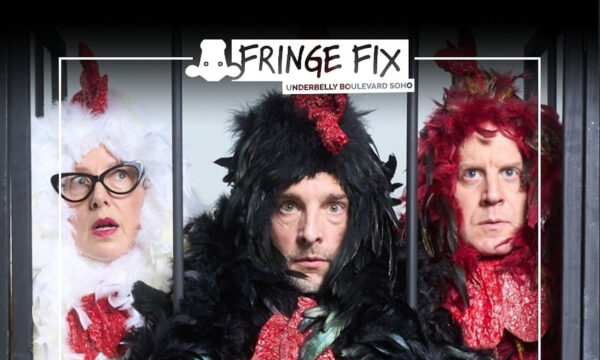
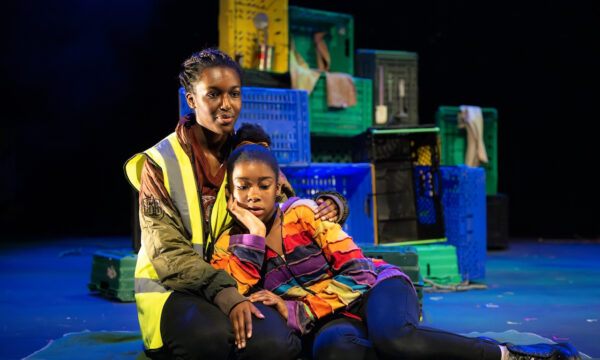

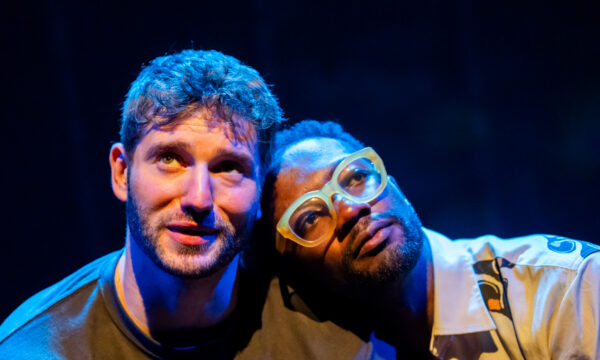

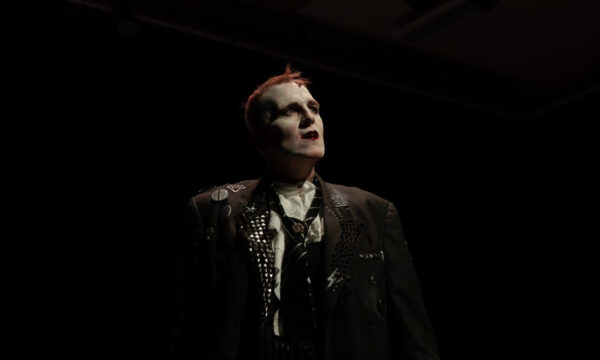
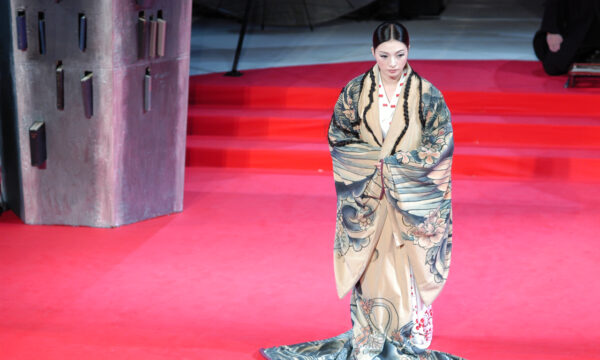
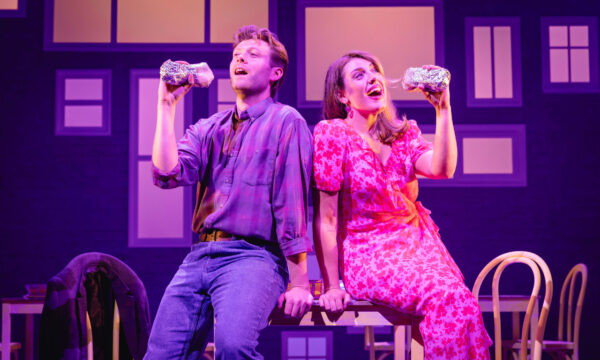
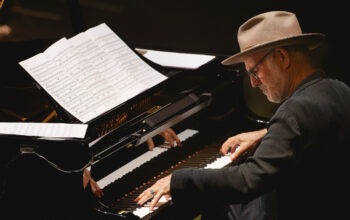
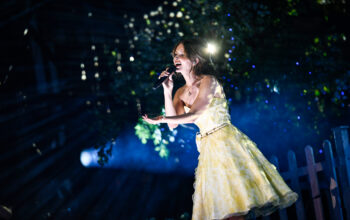
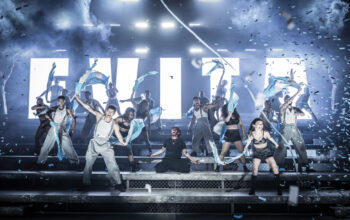
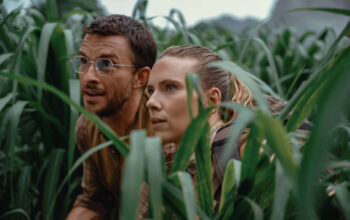
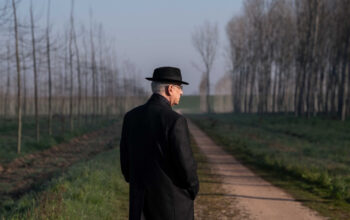
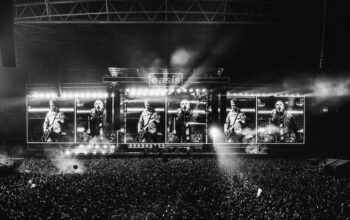




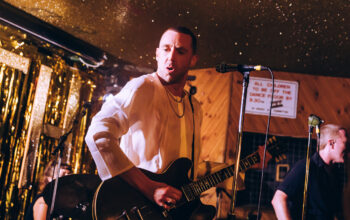


Facebook
Twitter
Instagram
YouTube
RSS